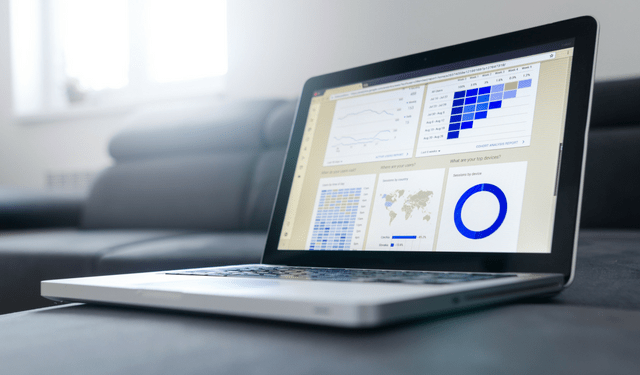One of the most common questions that a PR professional often gets from clients is “How do we measure the success of our PR program?” Unlike tracking social media and digital media, public relations historically have been less tangible in terms of PR measurement tools, measuring impact and insights towards the overall business or brand.

Related: New to Comms? 3 PR Basics
However, with the increase in reporting and analytics tools available today, PR is becoming much more data-driven. One way to start shifting the thinking around public relations measurement is to “look under the hood” of a company’s analytics to get a better idea of what is really driving PR outcomes. Here are three simple steps to start leveraging Google Analytics (or other analytics tools) in measuring PR success.
Grant the PR team Access to Analytics Tools:
The first step is getting the PR team set up with access to your company’s analytics tools. This may seem daunting and scary if you are nervous about turning over the keys to your carefully built out systems with set metrics, goals and conversions, but with Google Analytics you can grant “read-only access.” This will allow your PR professionals to look at web traffic and results without having to worry about someone accidentally changing anything.
If you are still unsure if you want to provide the PR team this level of access, one thing to consider is how this provides insight into the type of media coverage that is actually driving engagement and an audience to your website (pending there is a backlink, of course).
Track Monthly Referral Traffic:
Referral traffic is how Google Analytics reports visits to a website that come from sources outside of its search engine, such as a news or media outlet. This is something that Google Analytics automatically tracks and doesn’t require additional set-up. By taking a deeper dive into the monthly website traffic for a company, your PR agency is able to identify what percentage of that referral traffic came from media coverage and how often.
The benefit of this during a PR campaign is being able to get more data-driven insight into what publications are actually driving readers who could be a prospect or potential influencer to your brand’s website. For example, top business publications like the Wall Street Journal or The New York Times are considered the holy grail of coverage for most companies. While these pubs afford a company broad visibility and credibility, they might not necessarily be reaching the right target audience for your brand. On the flip side, if referral traffic shows that a trade publication like American Banking News or a channel publication like CRN consistently drives significantly more traffic, then it would make sense to shift your PR strategy to focus more on those outlets. If you are creating more opportunities for coverage with publications that are more likely to reach the right audience, this coverage can have a greater impact on your PR campaign, brand awareness, and overall PR investment.
Set up Goals and Conversions:
While some companies may have very sophisticated analytics tracking guidelines in place, others simply aren’t there yet. With a baseline understanding of specific PR metric measurement and tracking, your public relations team can add value and positive impact to your brand by providing guidance to your team.
Specific goals for strong PR results like downloading a whitepaper, distributing content, requesting a product demo or visiting a product page should be accounted for, along with the corresponding monetary value of someone completing those actions. This not only provides a qualitative metric of opportunity for the marketing plan, but, with a direct conversion from a news article or public relations campaign, the PR team can also assign a specific monetary amount to a piece of media coverage — thus proving the ROI of a PR program.
Of course, these are just the very basic steps you can take to use analytics to help measure PR success and results. Google Analytics can go well beyond what is outlined here, but if you start with this approach, you’ll be able to continue the conversation around PR analytics and lead the process of measuring success in the PR industry.
Looking to level up your public relations effort and PR tactics with analytics? Contact us today.



